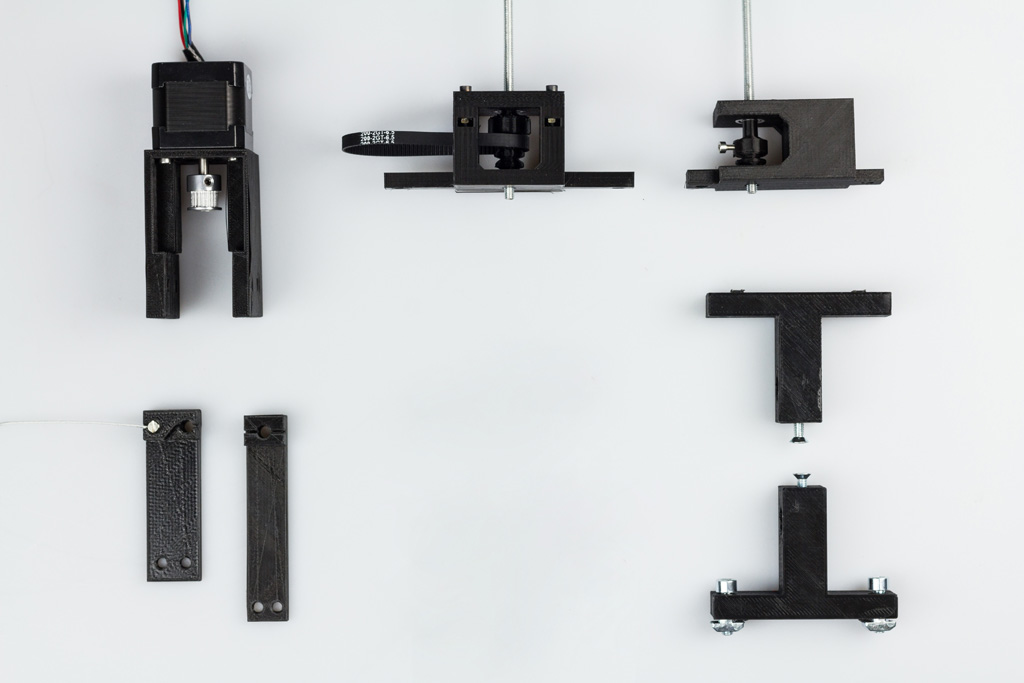Staging Absence

Absence, as such, implies that there has previously been something there or could be there. It leaves the space for you to fill in. The absence of a story itself can pave the way for a more intense experience to develop. Audience is left to fill in “the spaces in-between, spaces of discovery, spaces in which emotion, imagination and reflection can actually take place.” Goebbels (Aesthetics of Absence, texts on theater,2015: 4)

Absence within staging can mean reduction or limitation to specific theater elements. Here, this limit is the curtain and what it means as an iconic symbol of a theater stage. The curtain became a protagonist in itself and its behavior would dictate the dynamics of the play. On the other hand, what is behind it? The provocation, the expectation and the inevitable symbol of a gate between two spaces, moments and ideas became as prominent as the curtains themselves. In this way, the absence of the play, the story and what you may typically encounter on a stage behind a curtain became the play itself. Absence then represents, at the same time, the absence of theatrical elements and the main protagonist: Absence. This absurd was in line of the very idea of staging something that was not there in the first place.

The play is entirely actuated by motors. They are animating the curtains and the light. Without a human body controlling the curtains or a human actor delivering the performance, we encounter a distance which allows the audience to, perhaps experience a different sort of play that would be more in line with music, cinema or choreography. The audience is left to interpret these visuals, snippets, movements and sounds. The potential of this interpretation is most significant for the play. The intention is to deal with these present absences through a sense of melancholy, fantasy and associations, finding in them some sort of fulfillment as opposed to mechanical repetition and dryness one might expect from an automated installation. The aim is to search for the intimate and human through the means of mechanical and non-human. Mechanisms that animate the curtains



FINAL CONSTRUCTION


